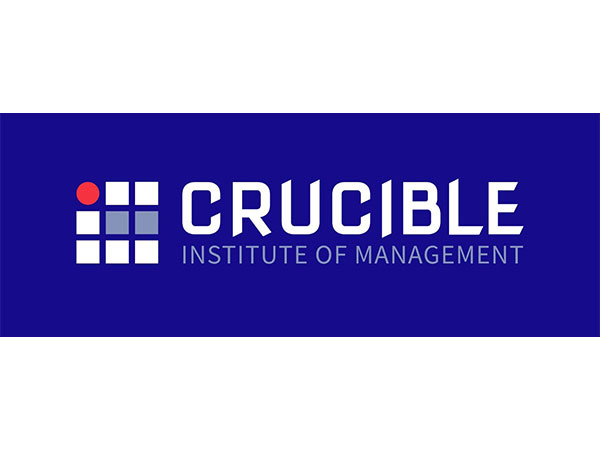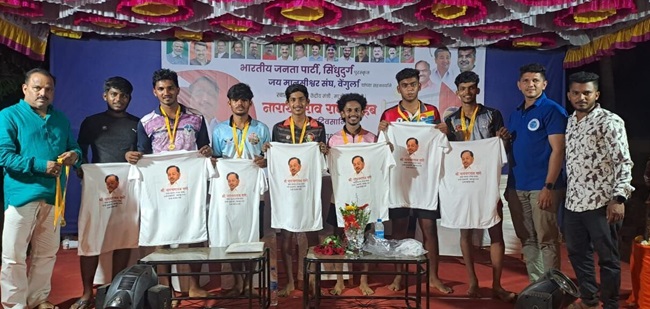Comprehensive Guide to Multi-Experience in Web Development

In today’s digital landscape, user experience (UX) has become paramount. Multi-experience web development focuses on creating seamless, consistent, and engaging user interactions across a variety of digital touchpoints. From websites and mobile apps to wearables and conversational interfaces, multi-experience development ensures that users receive a cohesive experience, regardless of the platform they use. This comprehensive guide will delve into the principles, tools, and best practices of multi-experience web development.
What is Multi-Experience Development?
Multi-experience development refers to the practice of designing and building applications that provide a consistent and integrated user experience across multiple devices and platforms. This includes traditional web and mobile applications, as well as emerging technologies such as augmented reality (AR), virtual reality (VR), wearables, and conversational interfaces.
Importance of Multi-Experience in Web Development
1. Enhanced User Engagement
A unified experience across devices keeps users engaged, encouraging them to interact more with the brand.
2. Increased User Satisfaction
Consistency in design and functionality across platforms leads to higher user satisfaction.
3. Competitive Advantage
Businesses that adopt multi-experience development can stay ahead of competitors by offering superior user experiences.
Key Principles of Multi-Experience Development
1. User-Centered Design
Focus on the needs, behaviors, and preferences of users to create intuitive and satisfying experiences.
2. Consistency
Ensure a consistent look and feel across all platforms to avoid user confusion and enhance brand recognition.
3. Flexibility
Design for various devices and screen sizes to provide a seamless experience, whether users are on a desktop, mobile, or wearable device.
Tools and Technologies for Multi-Experience Development
1. Cross-Platform Development Tools
- Flutter: Google’s UI toolkit for building natively compiled applications for mobile, web, and desktop from a single codebase.
- React Native: Facebook’s framework for building native apps using React.
2. Design Tools
- Figma: A web-based UI/UX design tool that allows for collaborative design and prototyping.
- Sketch: A vector graphics editor for macOS, primarily used for UI/UX design.
3. Backend Solutions
- Firebase: A platform developed by Google for creating mobile and web applications.
- AWS Amplify: A set of tools and services from Amazon to help developers build scalable full-stack applications.
Best Practices in Multi-Experience Web Development
1. Prioritize Performance
Optimize for speed and efficiency to ensure that applications run smoothly across all devices.
2. Maintain Consistent Branding
Use a unified color scheme, typography, and design elements to ensure brand consistency across platforms.
3. Leverage Progressive Web Apps (PWAs)
PWAs combine the best of web and mobile apps, offering offline capabilities, fast loading times, and a native app-like experience.
4. Utilize Responsive Design
Ensure that your web applications are responsive, adapting seamlessly to various screen sizes and orientations.
Challenges in Multi-Experience Development
1. Device Fragmentation
With a plethora of devices and screen sizes, maintaining consistency can be challenging.
2. Performance Optimization
Ensuring that applications perform well across different platforms requires rigorous testing and optimization.
3. Security
Providing a secure user experience across multiple platforms requires robust security measures and regular updates.
Future Trends in Multi-Experience Development
1. Artificial Intelligence (AI) Integration
AI and machine learning will play a significant role in enhancing user experiences through personalized content and predictive analytics.
2. Internet of Things (IoT)
As more devices become interconnected, multi-experience development will need to incorporate IoT to offer seamless user experiences.
3. Augmented and Virtual Reality (AR/VR)
AR and VR will provide immersive user experiences, making them integral to the future of multi-experience development.
Multi-experience web development is the future of digital interactions, offering users a seamless and engaging experience across various platforms. By focusing on user-centered design, leveraging the right tools and technologies, and adhering to best practices, developers can create unified experiences that meet the evolving needs of users. As technology continues to advance, staying informed about emerging trends will be crucial for delivering cutting-edge multi-experience solutions.








